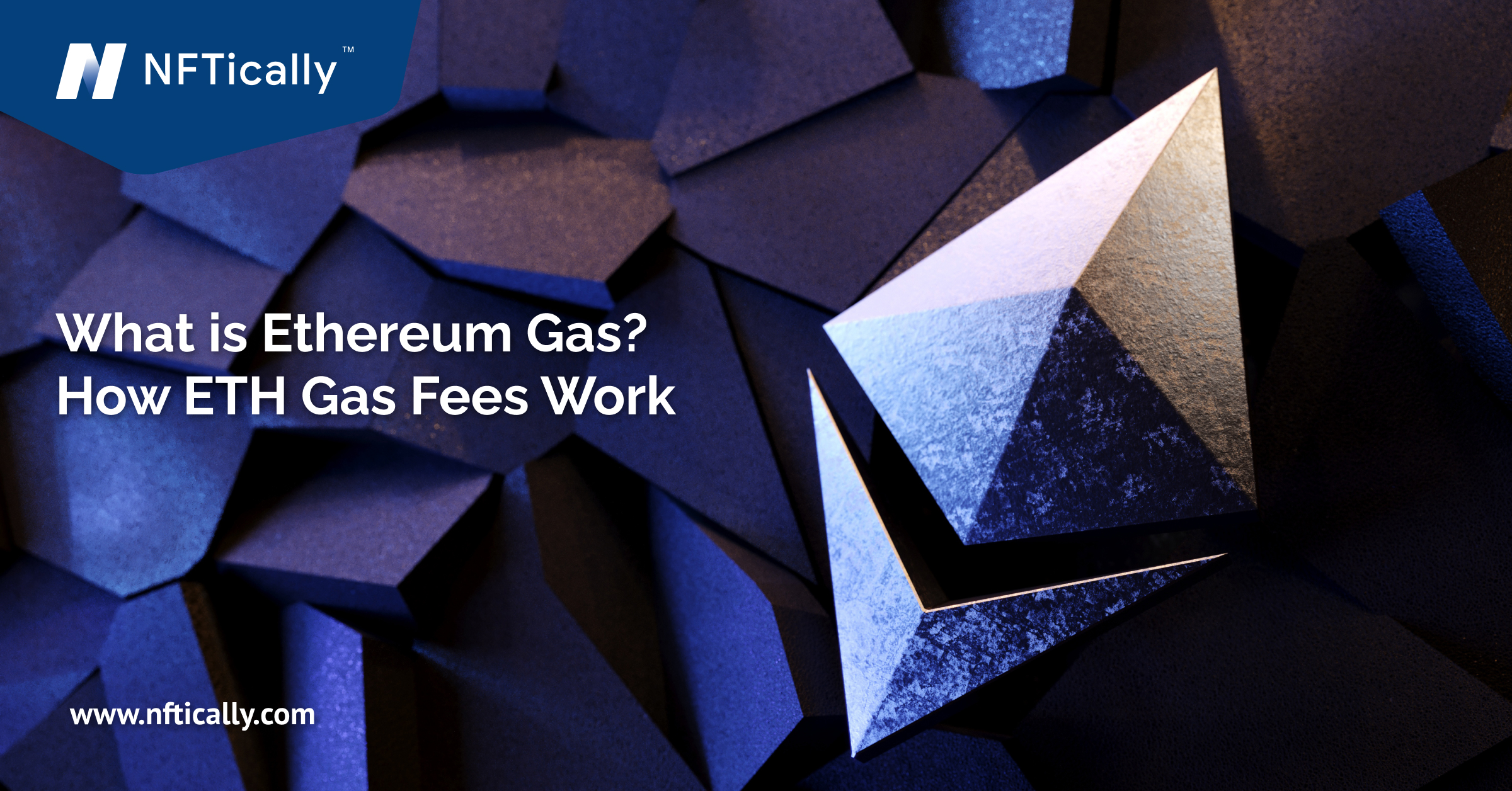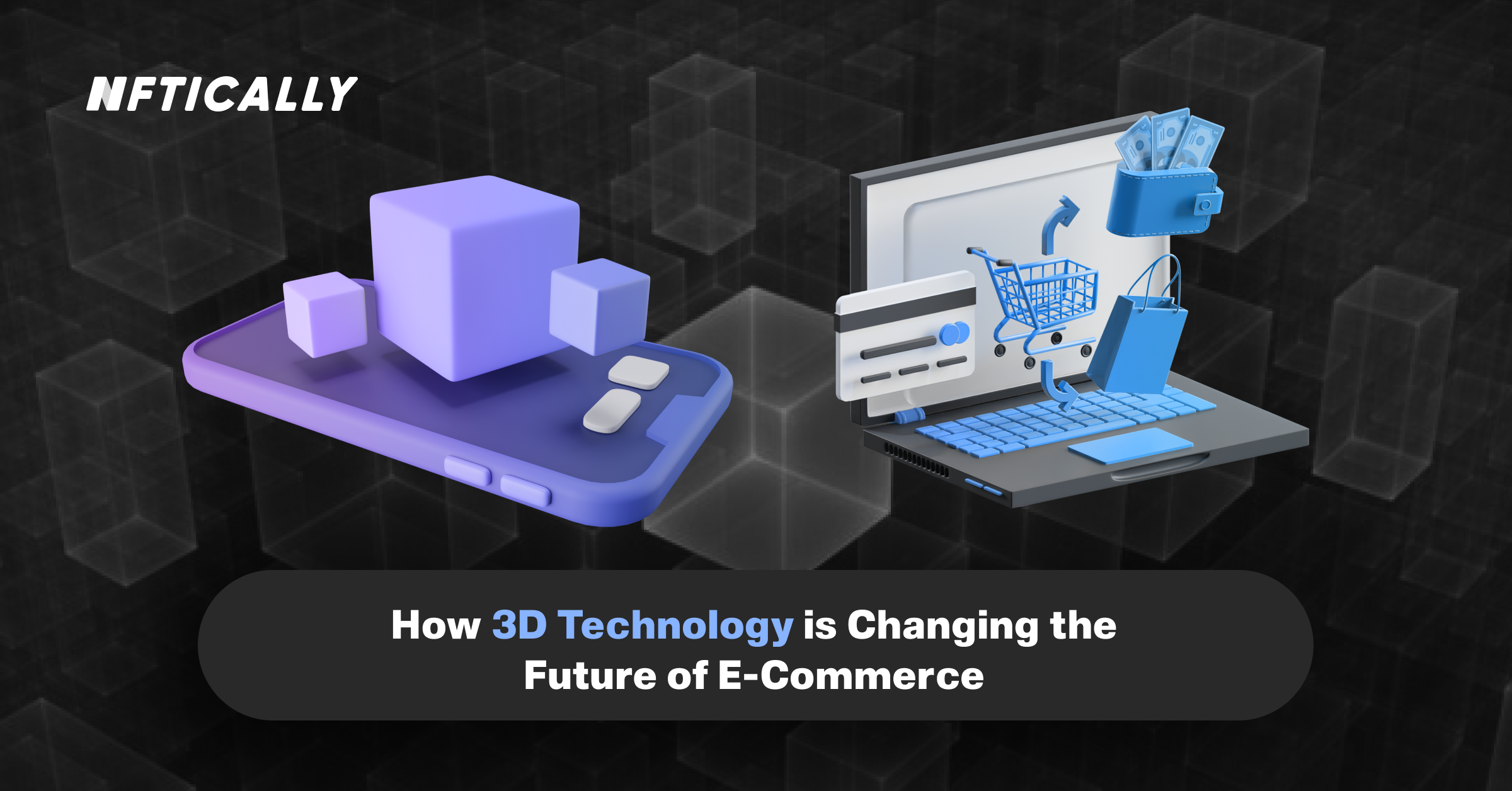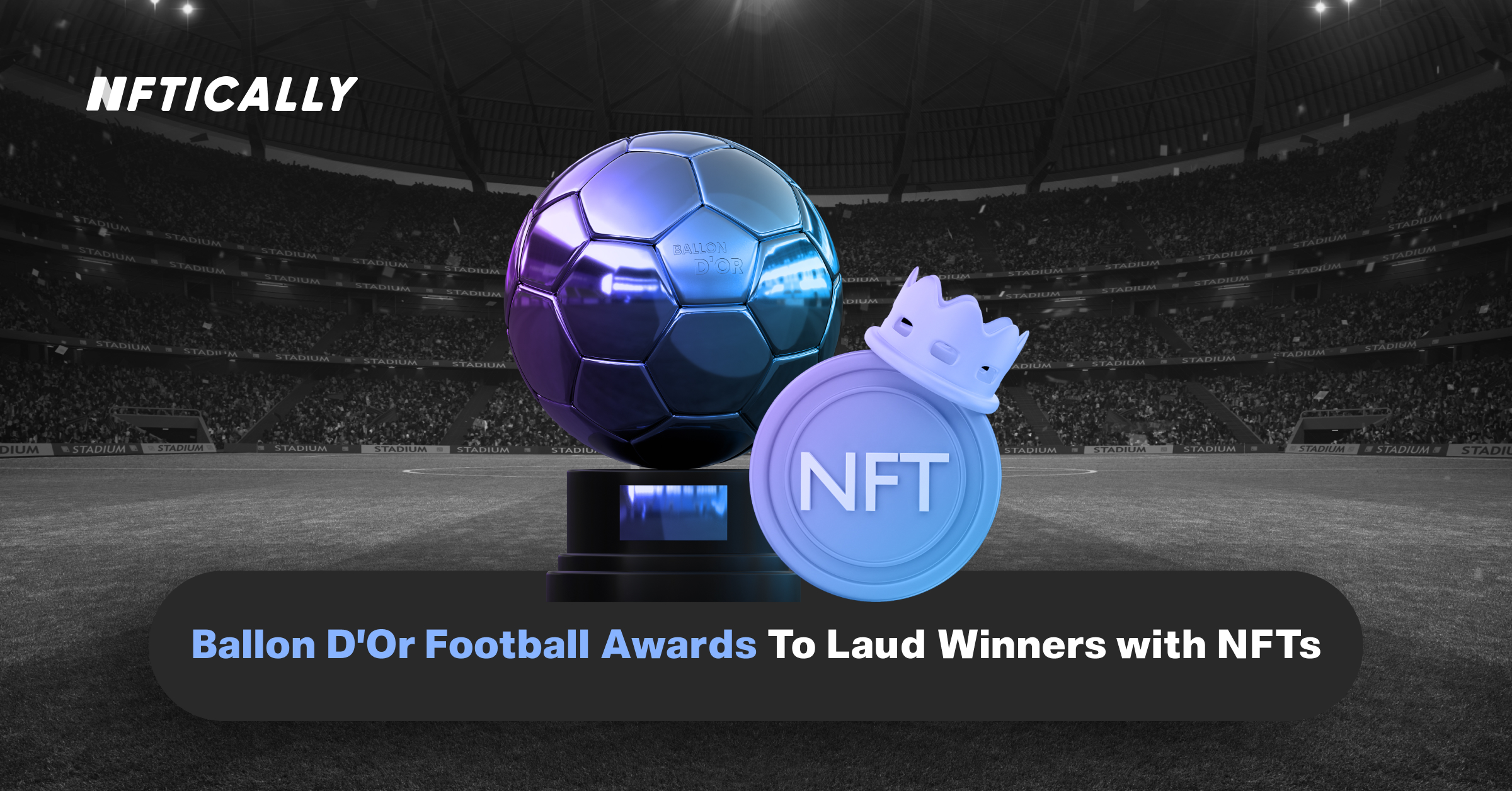- Uncategorized
- December 24, 2021
What is Ethereum Gas? How ETH Gas Fees Work

Each cryptocurrency like Ethereum charges a small fee to send coins on its blockchain. To avoid spamming the network with many transactions. These fees also help people who want to mine crypto. Because miners usually pay the costs to verify transactions and make sure they work.
It’s impossible to resist talking about Ethereum gas fees. While discussing the world’s second-largest blockchain network. The Ethereum machine runs on Ethereum gas, a critical component of the network.
In this blog, you’ll learn what Ethereum Gas is. And why it’s become such a contentious issue in the Ethereum world.
What is Ethereum Gas?
There is nothing special about Ethereum gas at its core. The word refers to the fees paid to construct Ethereum-based exchanges.
The term “Gas” on Ethereum is a unit value. That quantifies the work. Ethereum does the amount of computational power required to execute specific network operations. To keep the Ethereum network running. Each transaction requires a certain amount of computing power. An Ethereum transaction involves the payment of a fee known as Gas.
The transaction cost calculates by multiplying the gas price relating to the gas limit. Besides, decoupling transaction costs from the worth of ETH. It also prevents transactions from becoming costly.
To pay Ethereum fees, you must use Ether (ETH). Which is the cryptocurrency used by the cryptocurrency network. ETH, a unit known as a gwei uses to denote an amount of Ethereum equal to 0.000000001 ETH. And it also states the price of Gas. Gwei prices in US dollars. So, in essence, Ethereum exchange fees pays in Ether.
It encourages miners to protect the network, allowing Ethereum to operate. Additionally, it assists miners in determining how to prioritise labour. By informing them of the amount of money they might expect.
Importance of ETH Gas Fees
It is necessary to pay fees when transferring ETH between wallets on the Ethereum network. Applications may operate on the Ethereum blockchain. Which adds value to the ETH transaction fee. Ethereum Gas fees refer to “Gas” since they fuel Ethereum apps.
Understanding Ethereum is a prerequisite for learning about Gas. Another way, Ethereum is a computer programme that does basic calculations. Nodes, a swarm of computers, do these basic calculations.
Even while everyone may be a node, a particular set of nodes, or “Miner,” handles most labour. Also to secure the network, they also prioritise calculations. Ethereum would not exist without them. As a result, they must compensate to keep them on board. We must first quantify the amount of labour Ethereum Miners do before paying them. A Gas Unit is a term for this measurement.
The benefit of a Gas Fee
Users can better predict their transaction costs. Because of the ETH Gas charge. Additionally, they might pay miners a bigger tip to prioritise their transactions. This might be a valuable tool. When someone has to transfer money. And doesn’t want to wait for the transaction to get confirm.
For one thing, a suitable fee guarantees that the network accepts a transaction. A transaction may refuse, if the charge is too low. This may result in the user losing the Gas they paid and the transaction not going through.
When do the Gas fees vary?
The price of gas fees varies. According to the current supply and demand, which the miners determine. Investors look for the best times. And best strategies to spend less Gas for Ethereum transactions are looking for the lowest fees possible.
How Ethereum Gas Fees Work
There are costs associated with transactions made on the Ethereum network. Miners want to maximize their profits, like they do with Bitcoin. Transactions with higher prices confirm more than those with lesser fees.
The process in which Ethereum Gas Works….
While the size (in bytes) of Bitcoin transactions check. The computational effort (in CPU time) of Ethereum transactions is. Sending one unit of the Ethereum virtual currency, known as ETH, from one address to another. Use 20,000 units of Gas.
- A more significant amount of Gas requires to process a more complex transaction. If your transaction comprises many smart contracts, for example, you may use 100,000 gas units or more.
- Ethereum transactions need the quantity of Gas. That must specify in the transaction header.
- Your ‘gas limit’ is at this point. The remaining Gas in your wallet will get a refund to you at the end of the transaction. Even though Gas may use without a transaction, it is possible.
- This is a significant contrast from the Bitcoin network. Where fees are only collected if miners order transactions.
- When creating an Ethereum transaction, you must also consider the ‘gas price’. It is another important consideration. For each gas unit used, you are willing to pay in ETH.
- In this case, the cost of a transaction on the Ethereum network is a function of the gas price. You specify the number of gas units used by the transaction.
- Almost all Ethereum wallets abstract away much of the complexity mentioned above by obscuring the “advanced” features. That makes them so appealing.
It is important to remember that gas prices change in response to congestion on the Ethereum network. With more significant traffic on the web comes an increase in the market pricing for Gas. Making transactions more expensive. For example, if the per-unit gas price is 100 Gwei. Then moving ETH from one address to another costs around 0.0024 ETH. The equal of $10 when sending ETH from one account to another.
Conclusion
If you are using Ethereum as your preferred blockchain while listing your NFTs, then ‘Gas’ is the fee that Ethereum as a blockchain platform charges for conducting successful transactions. This fee is charged for the miners who make it possible to carry on with the transactions smoothly on the blockchain.
We at NFTically are available 24/7 to answer our customer’s inquiries so that they can solely focus on the creative aspect of their NFTs. Join us today to build your personal white-labeled NFT marketplace, and start earning through your NFTs.
Related Posts

How 3D Technology is Changing the Future of E-Commerce
3D e-commerce is jeans from every perspective. It is the ability to mix and match shoes, dresses, coats, or belts; to explore the nooks and crannies of an entire home; and to capture the most…
- March 18, 2023

Ballon D’Or Football Awards To Laud Winners with NFTs.
Did you know that the NFT (Non-Fungible Token) sports collectibles market is slated to reach a whopping $2.6 billion in 2022. But, what is the reason behind their massive popularity and huge demand? Sports NFTs give loyal…
- September 29, 2022
Recent Posts
- Revolutionizing AI Clones: Sunny Leone Teams Up with Kamoto.AI for an Unprecedented Debut
- The Evolving Landscape of NFTs: A Glimpse into 2024
- NFT Trends to Shape 2024: A Deep Dive into the Future of Digital Assets
- The Gaming Revolution: NFTs Level Up the Player Experience
- NFTs and Intellectual Property Rights: Navigating Legal and Ethical Challenges
Recent Comments
Archives
- January 2024
- December 2023
- November 2023
- October 2023
- September 2023
- August 2023
- July 2023
- June 2023
- May 2023
- April 2023
- March 2023
- February 2023
- January 2023
- December 2022
- November 2022
- October 2022
- September 2022
- August 2022
- July 2022
- June 2022
- May 2022
- April 2022
- March 2022
- February 2022
- January 2022
- December 2021
- November 2021
- October 2021
- September 2021
- August 2021
- July 2021
Categories
- $ECOM
- 3D NFTs
- AI Characters
- Airdrpos
- Bitcoin
- Blockchain
- Blockchain Technology
- Buy NFTs
- Buying
- Crypto Collectibles
- Crypto Wallet
- Cryptocurrency
- Cryto Mining
- Digital Art
- Digital Assets
- Ethereum
- FAQs
- Features
- Generative Art Nfts
- ICO
- Invest in NFT
- Learn
- Metavatars
- Metaverse
- Minting
- NFT
- NFT 2.0
- NFT Art
- NFT Art Finance
- Nft auction
- NFT Communities
- NFT Crypto
- NFT crypto art
- NFT Drops
- NFT Games
- NFT gaming
- NFT Marketplace
- NFT Memes
- nft project
- NFT Royalties
- NFT Staking
- nft stocks
- NFT Store
- NFT Taxes
- NFT Trading Cards
- NFT Wallet
- NFTICALLY
- NFTs
- Non fungible tokens
- Non Fungile Tokens
- Ordinal NFTs
- Physical Assets
- Press Release
- Selling
- Solution
- Stablecoins
- Store
- Tensor Nfts
- Top Cryptocurrencies
- Uncategorized
- Web 2.0
- Web 3.0
- white label nft marketplace

